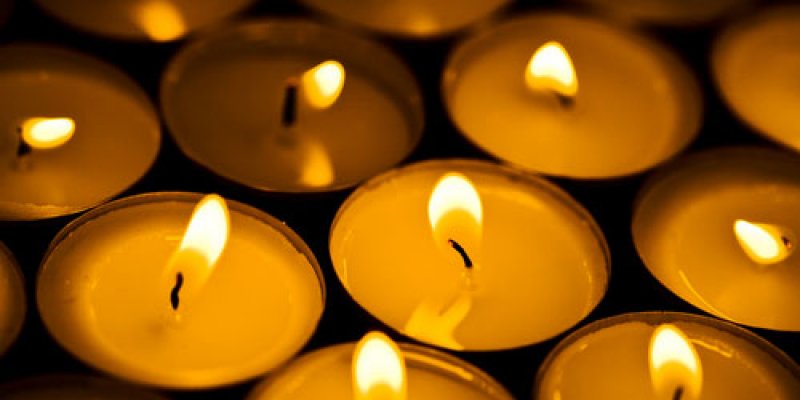
When former Chief Rabbi Lau, the father of the current Ashkenazi Chief Rabbi of Israel, visited Pope John Paul II in 1993, he told the Pope that Israel needed help in locating Ron Arad, a member of the Israeli Air Force, who went missing in action in Lebanon in 1986. The Pope expressed surprise: "After seven years in the hands of a militia, and you think he's still alive?!" Rabbi Lau explained: "Even if he's not, his parents want a grave where they can say a prayer". The Pope understood, and replied "Ah, Kaddish!". (Sadly, his remains were never found).
Although Kaddish has been known for the last seven hundred years as "the mourners' prayer", this was not its original function, and remains a secondary function. Its original intent was to be a segue between the various parts of the service, seen as the ultimate praise of G-d, repeated frequently in every service. In this way, it is similar to the Doxology in Christian prayer. In fact, many less traditional prayer books call it by that name. The Talmud sees it as bringing G-d to remember His children, and longing for their redemption. Although we have five different forms of the Kaddish, the essential kaddish is the one we call "half kaddish", which gets additional lines for various liturgical needs.
The association of kaddish for the dead, is based on an aggadah in the Babylonian Talmud. Rabbi Akiva saw the soul of a dead man, who looked as though he was in great distress. Rabbi Akiva asked the man why he was so pained. The man told him that he had left no sin undone, and now, in the next world, he was suffering. Rabbi Akiva asked him if he had left behind any children. The man said that in a certain village, there is a child who might be his son. Rabbi Akiva went to the village, and found the young man in question. He told him to go to the synagogue, and when the time came to recite a kaddish, he should step forward and do so. The young man accepted the advice of Rabbi Akiva. The dead man appeared again to the rabbi, this time happy, thanking him profusely.
Although the first mention of mourners saying the kaddish is from the thirteenth century, it seems to have been used long before that in many Ashkenazic communities. Many rabbis were opposed to this practice, as well as other memorial prayers, as they seem to violate RAMBAM's eleventh Article of Faith; the belief in reward and punishment. If one has lived an evil life, how can someone else save him from punishment? Moreover, this is apparently unjust; two people lived the same bad life, but the one with the son who says kaddish gets away with it, while the other doesn't? Nevertheless, the saying of kaddish for the dead became almost universal. The Talmud is full of stories in which living people come to the help of those who already passed. A son (we'll discuss daughters in a later installment) is, after all, an extension of the parent.
In Ashkenazi practice, kaddish was seen as a way to elevate the soul that has been sent to Gehinnom (purgatory). The kabbalists saw it as also efficacious in bringing the soul ever higher in Paradise. It was under their influence that kaddish for the dead was also accepted into Sepharadi circles. Interestingly, the kaddish makes no mention of the dead. It is pure praise of G-d. An attempt by the Reform movement to bring the dead into kaddish, never gained support, and has now been deleted from that movement's liturgy.
Here is the basic "Half Kaddish". Glorified and sanctified be God’s great name throughout the world which He has created according to His will. May He establish His kingdom (Sepharadim and Hasidim add: "And bring near His anointed") in your lifetime and during your days, and within the life of the entire House of Israel, speedily and soon; and say, Amen. May His great name be blessed forever and to all eternity. Blessed and praised, glorified and exalted, extolled and honored, adored and lauded be the name of the Holy One, blessed be He, beyond all the blessings and hymns, praises and consolations that are ever spoken in the world; and say, Amen.
In coming posts, I will describe the various forms of the kaddish, and how they are used.